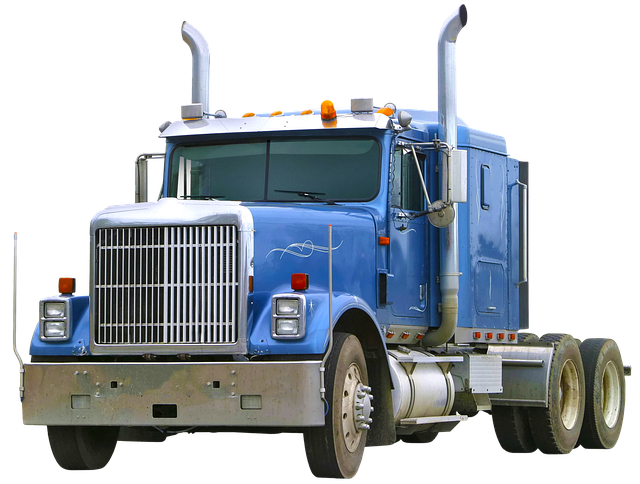Looking to register your car in California? This comprehensive guide walks you through every step, from understanding eligibility requirements to obtaining your registration certificate and license plate. We’ll focus on gathering essential documents and navigating the crucial DMV VIN verification process, ensuring a smooth experience. By following these detailed instructions, you’ll be on your way to legal and compliant vehicle ownership in no time.
- Understand Eligibility for Vehicle Registration in California
- Gather Required Documents for Car Registration
- Perform DMV VIN Verification Step-by-Step
- Complete Online or In-Person Registration Process
- Obtain Registration Certificate and License Plate
Understand Eligibility for Vehicle Registration in California
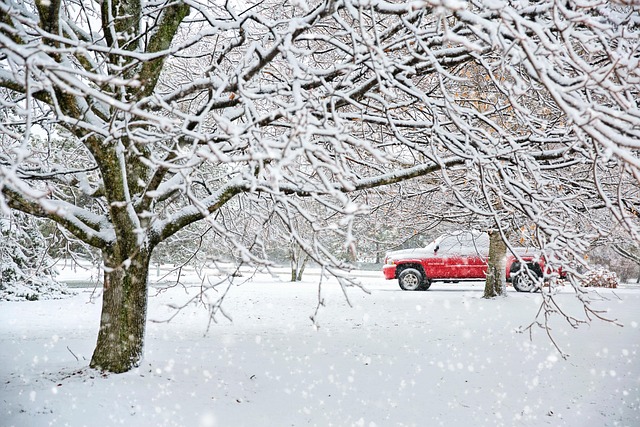
To register your car in California, you must first ensure that you and your vehicle meet the state’s eligibility requirements. One crucial step is to have your Vehicle Identification Number (VIN) verified through a process known as DMV VIN verification. This involves checking the vehicle’s history and ensuring it complies with environmental and safety standards. A valid registration requires proof of ownership and inspection, which can be facilitated by a mobile vin inspection or using a mobile vin verifier.
The California Department of Motor Vehicles (DMV) conducts this verification to prevent the registration of stolen vehicles or those with outstanding liens. It’s important to note that not all vehicles are eligible for registration, especially if they’re considered junk, have significant damage, or fail emissions tests. Therefore, before proceeding with the registration process, it’s advisable to get your VIN inspected by a professional vin inspection service to avoid any complications.
Gather Required Documents for Car Registration
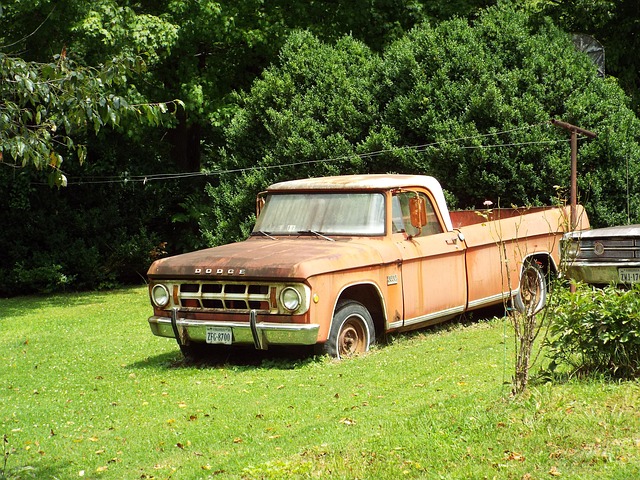
Before you begin the registration process, it’s crucial to gather all the necessary documents for car registration in California. This includes your vehicle’s title, a valid driver’s license, and proof of insurance. Additionally, you’ll require a DMV (Department of Motor Vehicles) form for registration, which can be obtained online or in-person at a local DMV office. One important step is to undergo a DMV VIN verification process, ensuring that your vehicle’s unique identifier—the Vehicle Identification Number (VIN)—is accurate and matches the make, model, and year listed on official records.
A mobile vin verifier or a vin inspection service can be useful if you’re having trouble locating specific forms or need assistance with the VIN verification process. These services often provide a convenient way to check your vehicle’s history and ensure all documentation is in order before submitting your registration application.
Perform DMV VIN Verification Step-by-Step

Performing a DMV VIN (Vehicle Identification Number) verification is a crucial step when registering your car in California. Here’s a simple guide on how to do it:
1. Gather Documents: Before starting, ensure you have all necessary paperwork ready, including the title, registration certificate, and proof of insurance. Your vehicle’s VIN can typically be found on the driver’s side door frame or under the hood.
2. Access DMV Services: You can verify your car’s VIN through a mobile vin verification service or by visiting a local California DMV office. If opting for a mobile vin inspection, download a reliable app from trusted sources. These apps often provide instant results and can be more convenient than visiting a DMV branch. Alternatively, you can conduct the process online via the official DMV website using their provided tools.
Complete Online or In-Person Registration Process
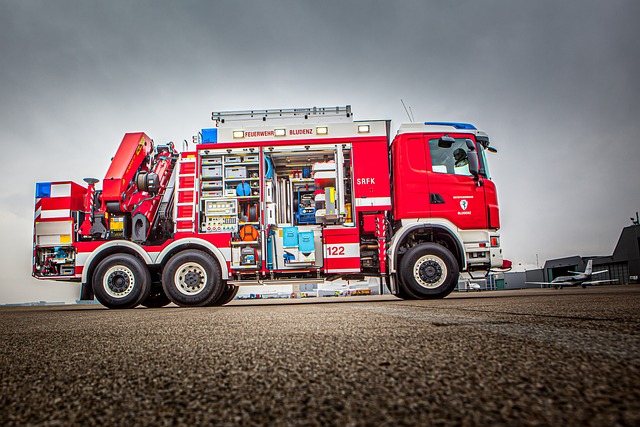
In California, registering your car can be completed either online or in-person at a DMV (Department of Motor Vehicles) office. The process starts with gathering essential documents and information, including proof of ownership, vehicle identification number (VIN) verification, valid identification, and payment for registration fees. For a convenient alternative, many residents opt for the mobile VIN verifier or conduct a vin inspection using a trusted third-party service to ensure the accuracy of their vehicle’s details before initiating the registration process.
Once prepared, you can either visit a local DMV branch during their operational hours or utilize the online registration platform. Online registration involves entering your information and uploading required documents digitally. In contrast, in-person registration requires filling out forms, providing biometric data (such as fingerprints), and presenting original documents for verification by a DMV representative. Following successful submission, expect to receive your vehicle’s registration papers within a few weeks.
Obtain Registration Certificate and License Plate
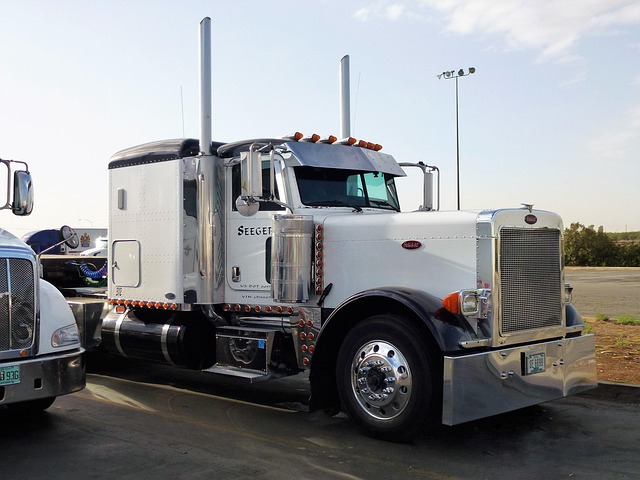
After completing your vehicle’s purchase, it’s time to obtain the necessary registration documents. The first step involves a crucial process known as DMV VIN verification, where you’ll need to confirm the vehicle’s identity and history through its unique Vehicle Identification Number (VIN). This can be done online or in-person at a California Department of Motor Vehicles (DMV) office. Once your VIN inspection is approved, you’ll receive a Registration Certificate, a vital document that confirms your car’s ownership and legitimacy.
Following this, the DMV will issue you a set of license plates tailored to your vehicle’s specifications. These plates are not just for display; they serve as official markers of your car’s registration status, ensuring it complies with California’s road regulations. Consider using a mobile vin verifier or undergoing a quick online check to streamline the process and avoid any potential issues down the line.
Registering a car in California is a straightforward process that requires understanding eligibility, gathering essential documents, and successfully completing either an online or in-person registration. A key step in this process is performing a DMV VIN verification to ensure your vehicle meets all legal standards. By following the outlined steps, from gathering necessary paperwork to obtaining your registration certificate and license plate, you’ll be cruising down California’s highways in no time.
